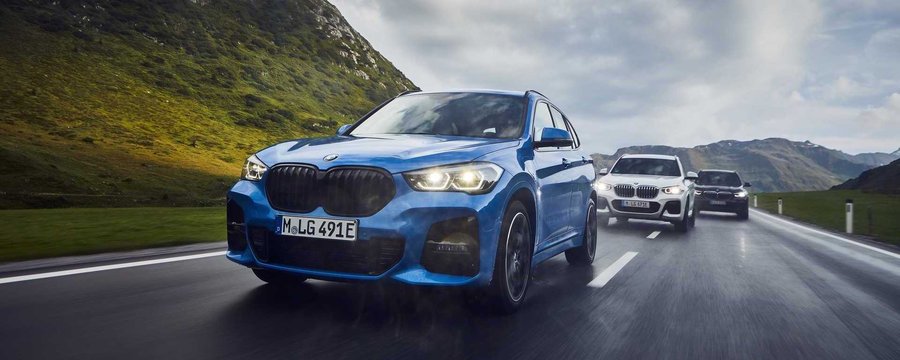BMW X3 PHEV Breaks Cover With 292 HP, Up To 20 Miles Electric Range

While the automotive world is awaiting the debut of the all-electric BMW X3 next year, the Bavarian company has quietly introduced a plug-in hybrid powertrain for the premium SUV. Initially previewed earlier this year, the X3 xDrive30e is set to enter production at BMW's Spartanburg plant next month and go on sale worldwide in the spring of 2020. Care for the tech details? Here's everything you need to know.
Under the hood of the conventionally-styled X3 is a 2.0-liter four-cylinder turbo gas engine with 184 horsepower (135 kilowatts), mated to an eight-speed automatic gearbox. Integrated into the transmission is an electric motor capable of pushing out 109 hp (80 kW), resulting in a combined peak output of 292 hp (215 kW). The maximum torque stands at 310 pound-feet (420 Newton-meters). These figures are enough for 0 to 62 miles per hour (0-100 kilometers per hour) acceleration in just 6.2 seconds.
A number most customers will probably be more interested in is 20 – that's how many miles (32 kilometers) the plug-in SUV could travel solely on electric energy before the combustion engine kicks in, according to BMW USA's estimates. According to the more optimistic NEDC, this equals about 34 miles (55 km) but we doubt you'll actually be able to reach this range with a single charge of the batteries.
Speaking of the lithium-ion battery of the X3 xDrive30e, it is located in a space-saving position underneath the rear seat, while the fuel tank is positioned above the rear axle. Thanks to this smart layout, the cargo area of the high-riding Bimmer is only slightly restricted compared to a conventional ICE-powered X3. More precisely, with all five seats in place, the SUV can swallow up to 15.89 cubic feet (450 liters) of cargo and folding down the rear row extends that to up to 52.97 cu-ft (1,500 liters).
